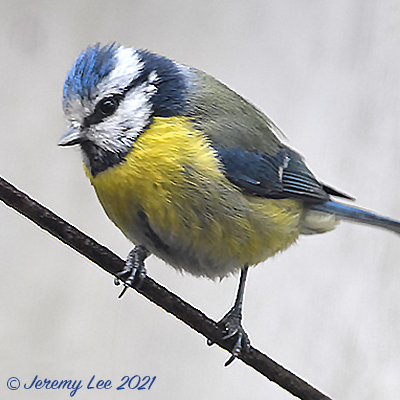
 |
|
Scientific Classifications explained » Amphibians » Ants » Aphids » Bees » Beetles » Birds » Bugs » Butterflies » Caterpillars » Damselflies » Dragonflies » Earwigs » Flies » Frog/Leafhoppers » Fungi » Galls » Grasshoppers » Harvestmen » Hoverflies » Lacewings » Ladybirds » Leaf Mines » Lichens » Mammals » Millipedes » Mosses » Moths » Sawflies » Slugs » Snails » Spiders » Trees & Shrubs » Wasps » Wild Flowers » Woodlice » Postboxes |
UK Nature > Birds > Cyanistes caeruleus

Scientific Name: Cyanistes caeruleus Common Name: Blue Tit Approximately 12cm in length, Cyanistes caeruleus, more commonly known as the Blue Tit, has a bright blue crown, white cheeks and yellow breast, all making this a very easy bird to identify, even for a novice bird-watcher. It has a wide range of calls and songs, most of which are variations on a theme of "tsee-tsee-tsit" or "tsee-tsee-tsu-tsu". As far as food goes, they are omnivorous, but with a strong bias towards caterpillars and other insect food. Buds, small seeds and fruit contribute to their diet and they will take almost everything offered on bird tables. They build their nests in a hole, usually in a tree or wall, but will readily accept a nestbox with a small entrance hole. The nest, built by the female, is made mainly from moss and dead leaves and is lined with hair and feathers. Habitat is woods, hedgerows, gardens, parks and almost anywhere with scattered trees and shrubs. Resident throughout the UK. |
|

https://www.uknature.co.uk is a website dedicated to showing the immense diversity of UK nature and wildlife. Our vast range of habitats, from lowland arable to snow covered mountains, from storm-ravaged coastlines to peaceful inland freshwater lakes and rivers, from dry, sandy heaths to deciduous and coniferous forests, all these habitats contribute to the abundance of UK nature. We have wild birds in huge numbers either residing or visiting our shores (597 recorded species as at July 2013) and we must also not forget the humble back garden with its grass lawns, flower beds filled with nectar rich flowers, shrubs and trees, all designed to attract huge numbers of insects such as bees, moths, butterflies and hoverflies; and finally the small ponds which provide safe havens for frogs, toads, newts and even slow worms and grass snakes. www.uknature.co.uk is the showcase for my personal passion, photographing uknature in all its glory. I sincerely hope you all enjoy the fruits of my labours. This site and all images contained therein is © Jeremy Lee 2004 - 2025. All Rights Reserved. Site design by Jeremy Lee. Site development & IT Support by Stuart Lee. |